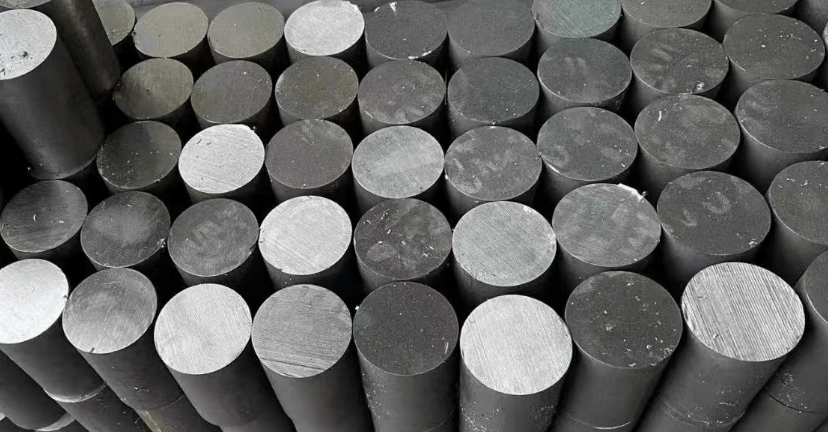Many people have such a question: Monel vs Cupronickel – What’s the difference? In this article, we will delve into the detailed comparison between Monel and Cupronickel, focusing on their composition, properties, and applications.

Monel vs Cupronickel: A Detailed Comparison
Monel vs Cupronickel – 1. Composition
Monel, also known as Nickel-Copper alloy, is a group of nickel-copper alloys that typically contain a significant amount of nickel, ranging from 50% to 70%, and the remainder being copper and minor additives. This composition gives Monel excellent corrosion resistance and good mechanical properties.
Cupronickel, on the other hand, is a copper-nickel alloy that has a higher copper content than nickel. The typical composition of Cupronickel ranges from 90% to 95% copper and the balance being nickel, often with small additions of other elements like iron or manganese. This composition gives Cupronickel excellent electrical conductivity, resistance to corrosion, and good ductility.
Monel vs Cupronickel – 2. Properties
Monel alloys are renowned for their resistance to corrosion in various environments, including saltwater and acidic conditions. They also exhibit good mechanical strength and toughness, making them suitable for high-stress applications. Monel alloys are relatively ductile and can be easily formed and welded.
Cupronickel, on the other hand, excels in electrical conductivity, surpassing even pure copper in some instances. It is also highly resistant to corrosion, especially in seawater, due to the protective oxide film that forms on its surface. Cupronickel alloys are ductile and can be worked and formed into various shapes. However, they may not possess the same level of mechanical strength as Monel alloys.
Monel vs Cupronickel – 3. Applications
Due to its excellent corrosion resistance and mechanical properties, Monel alloys are widely used in marine and offshore applications, chemical processing, and power generation. They are also found in medical implants and other areas where high corrosion resistance is required.
Cupronickel, on the other hand, finds its primary use in the electrical industry. It is commonly used in the manufacturing of wires, cables, and connectors due to its superior electrical conductivity. Cupronickel is also employed in marine applications, such as propellers and seawater piping, because of its corrosion resistance in saltwater environments.
Conclusion
In summary, Monel and Cupronickel are both nickel-based alloys with unique properties and applications. Monel alloys excel in corrosion resistance and mechanical strength, making them suitable for high-stress and corrosive environments. Cupronickel, on the other hand, stands out in electrical conductivity and corrosion resistance in seawater, finding widespread use in the electrical and marine industries.
Thank you for reading our article and we hope it can help you to have a better understanding of the differences between Monel vs Cupronickel. If you are looking for Monel Alloy suppliers online now, we would advise you to visit Huaxiao Alloy.
As a leading supplier of Monel Alloys from Shanghai China, Huaxiao Alloy offers customers high-quality Monel products such as Monel 500 Alloy and Monel 400 Alloy at a very competitive price.



